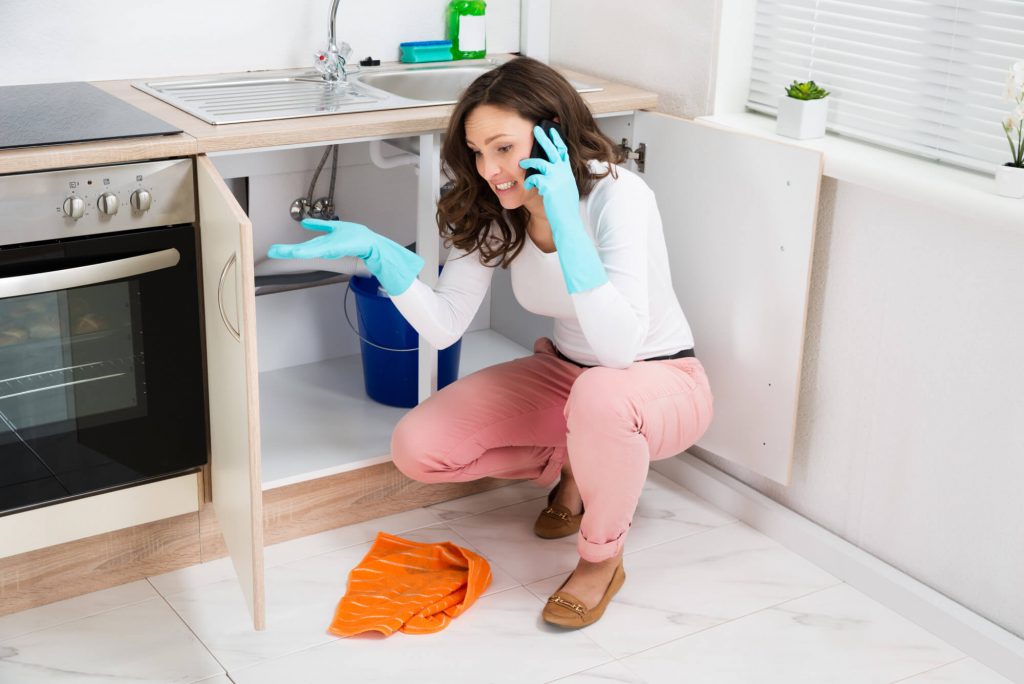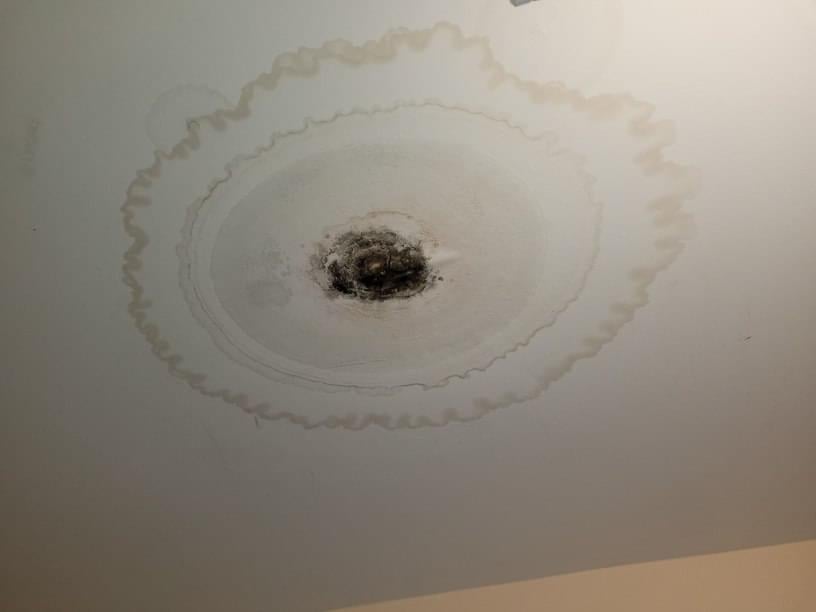On this page down the page you can locate a good deal of good quality ideas concerning How to Check for Bathroom Leaks.

Washroom leaks are annoying as they disrupt your day's strategy. They vary in intensity relying on the source of the leakage. Yet, you have to prioritize them, as they can quickly worsen. It is an alleviation that the majority of restroom leaks are very easy to spot as well as deal with, with very little cost ramifications.
Having a water leakage in shower room can be difficult to the house owner. The short article serves as a "first help" when you require an emergency response to a water leakage in restroom.
Detection and also Repair Work of Water Leakage in Shower Room
Water leakage in restroom commonly results from plumbing as well as pipe faults. You may need a basic knowledge of these leakage types to discover the water leak in shower room.
Dash Leaks
These commonly result from water splashing on the bathroom floor from the bath tub. It harms the bathroom floor as well as might create rot to wooden floors and restroom doors.
What to Do
This shower room leakage is the most convenient to fix. You only need to replace the curtains or recaulk the bath tub or shower. You might require to change these to avoid additional damages if the leak has actually harmed the shower room flooring or door. The good news is that you can involve a pipes specialist to aid with the bathroom repair service.
Bathroom Leaks
Sometimes, water leaks from the commode and also pools around the bathroom base. It is an eyesore in the shower room and also needs prompt interest. Often, it arises from a loosened link in between the container and the toilet. This causes water to drip from the cistern to the flooring. It might likewise result from cracks in the toilet bowl or a malfunctioning shut-off valve.
What to Do
If there hang bolts in between the cistern and also commode, you just require to tighten them. Sometimes you might need to reapply wax on the gasket or employ a bathroom leak expert to change damaged or worn parts.
Clogged Bathroom Sinks
Often, the water leak in restroom results from sink clogs. It is very easy to deal with clogs, as well as you might not require specialist abilities.
What to Do
You can use a drain snake to get rid of the debris in the drainpipe and allow the stationary water flow. Drain pipes cleansers are additionally available in stores as well as are very easy to make use of.
Conclusion
Water leaks in the bathroom are avoidable events in the house. When they do, repair them quickly, or involve the solutions of a specialist.
The write-up offers as a "very first help" when you need an emergency situation action to a water leak in washroom.
Water leakage in restroom commonly results from pipes and pipeline faults. You may require a fundamental understanding of these leak kinds to identify the water leakage in washroom. It damages the washroom floor and also may trigger rot to wood floorings and shower room doors. In some cases, the water leak in shower room results from sink obstructions.
Tricks for Locating a Water Leak in Your Bathroom
Run a Test Using Your Water Meter
One of the clearest indications of a leak in your household is if there’s a sudden unexplained increase in the water bill. For the most part, your water usage shouldn’t change too much from month to month, so a sudden surge is a surefire warning sign.
For further evidence of a leak, Bob Vila recommends this simple test. First, "turn off all the water faucets in your home, and make sure the washing machine and dishwasher are not running." Go to your water meter and look over the reading. After two hours, see if there is a change in the reading. If there is, you've definitely got a leak on your hands and it may be coming from your bathroom!
Test The Toilet
Toilets are among the leading culprits when it comes to unexplained leaks. The rubber stopper (knowns as the flapper) that separates the tank from the bowl can become brittle over time, creating a leak. If you have a toilet that periodically runs on its own for a few seconds, this is probably why.
To confirm your suspicions, put a couple of drops of food coloring into the tank of the toilet. Return after a few minutes and check the bowl. If the dye has entered the bowl, then there’s a leak that should be repaired.
Check for Water Damage to The Walls and Ceilings
If you have a leak emanating from an upstairs bathroom, one of the first things you’ll notice is water damage on the ceiling of the room below. Watermarks and discoloration are clear indicators of leaks, but you might also notice flaking or peeling paint.
Remember: Water doesn't always follow predictable routes. So if you see water marks on the walls, those could also be the result of a leaky upstairs bathroom.
Be Aware of Musty Odors
When it comes to bathroom leaks, the nose often knows best. An undetected leak can go on for quite some time, resulting in the ideal conditions for mold and mildew. Mold has an unpleasant odor and is a sign that your home could be suffering from significant water damage. It’s also a health hazard, especially for those who suffer from respiratory illnesses and allergies, so it's important you have it remedied as quickly as you can.
Inspect Bathtub and Shower Seals
You might not see any leaks or notice any obvious signs of water damage, but it’s important that you look for gaps between the seals surrounding your shower, bathtub, and walls. These kinds of leaks may require extensive renovations if they’re not repaired promptly.
Any presence of moisture on the seals is indicative of a problem, as is peeling or bubbling paint on the bathroom walls. If you have vinyl flooring, be cognizant of curling or bubbles and soft spots in the wood beneath.
https://www.waterdamagerestorationaz.com/locating-bathroom-water-leak-tricks

I came across that blog posting on How to Check for Bathroom Leaks when doing a lookup on the internet. Sharing is caring. You just don't know, you will be helping someone out. I love reading our article about How to Check for Bathroom Leaks.
Ready to assist, call now!